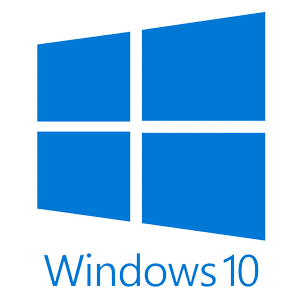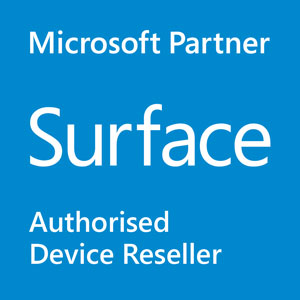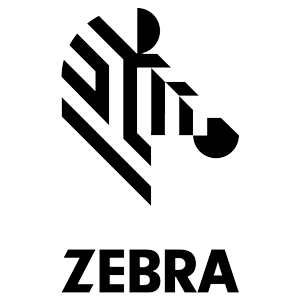I managed to jump on a Teams call with one of the master minds behind the creation of OneNote, Chris Pratley. Chris is the Corporate Vice President for the Office Media Group at Microsoft. So, what did we talk about? Everything from OneNote’s creation, his original vision for it and where Chris can see the app going in the future. Chris even shared some inside information on what he’s currently working on. So, let’s get into it! This blog aims to share a snapshot of our discussion. But you can check out the full video interview also at the bottom of this post.
Q1. What can you tell me about how Microsoft OneNote got started?
Answer: The idea of gathering information really appealed to me and I thought “I wish I had a place that I could just throw things that I’m not sure what I’m going to do with them.” They aren’t necessarily in service of writing a document, or really anything. I just might think they’re interesting. Like a scrap book, or a notepad or who knows what? Mostly things that people at the time were using only paper for.
I’ll give you a little side story: Like many people I wish I was organized, but I’m too lazy to actually be organized. So, I was aware of people in similar jobs like mine – Project Management oriented people who had very structured ways of capturing all this information into beautiful paper notes in meetings. And I can’t take notes and think at the same time, so I don’t do that. But I do jot down stuff and try to remember it for later. But I tried using paper for it and I remember I was moving offices once, and I found in the process three separate fat notebooks which I had filled three pages of notes with and then lost…
And I thought, you know, paper is really a terrible solution for this in some ways (it’s amazing in others). But the thing was, I wanted a place I could just throw something… And so, I thought, what if I had a tool that could just instantly show up and let me capture stuff.
Q2. What was your vision for OneNote?
Answer: I wrote up a kind of – “Vision Document” we called it – of what I think this thing should be… And I called it “Scribbler” because I thought ‘that’s cute’, and I wanted it to be not intimidating like some of our professional document tools are. And I wanted it to be, sort of ink sounding. And the idea of scribbles meant it didn’t have to be important stuff. It could just be things I wasn’t sure I’d need for later.
I was thinking… I want the flexibility of a sheet of paper which can let you do anything, whether you’re handwriting, or putting shapes in, or you’re taking structured notes typing… We had some principles: It has to boot really quickly; it has to never lose your notes; and it has to let you capture whatever you need immediately without hunting around for the right place… Capture first, file later.
Q3. What do you think about the future of OneNote?
Answer: After I was no longer associated with it, the team decided that they would standardize on a new code base that was shared with their Android and IOS version. And they were calling it ‘Modern OneNote’, which is nickname for Windows 10 applications… That idea of a new universal Windows platform, but also sharing the core code with mobile apps. And that went along…
Over time they figured out it’s going to take too much to try to replicate what people love about the original. And so, a few months ago (maybe almost a year now), they announced that they would converge on the Win 32 version. But of course, the Win 32 version was showing its age because no one had been showing it any love for the past 6-8 years. And so, they are going to take the best concepts out of the “Windows 10” version and the “Modern” version and sort of modernize these, or the interface of the existing one. But take the best of all that richness and depth of richness that is in the classic app. So, I really am happy that they’ve chosen that path because coming together and unifying is so critical. It was driving everybody nuts – including me – that there were two versions of it.
Q4. Tell us about what you’re doing now.
Answer: Well, the kind of thing I like to do is I like to make new things. And I like to explore stuff that hasn’t been really figured out yet. So, what we’re doing in Office Media Group is – it’s kind of on a horizontal component which is – we’re looking after the media experiences across the kaleidoscope – the galaxy of apps, if you will – the constellation. So, things like video, photos, 3D objects, audio – you know, that kind of thing. And pretty basic stuff has not been done yet in Office.
Like, you can’t put a video into Word and have it play back in LINE for example. You can have it play, but it has to pop out. And you know, it doesn’t feel like a native thing. And so, we’re working with all these teams to do that. But we also – on my team – take care of Stream, which is the organizational video experience, video app and service for Microsoft 365.






